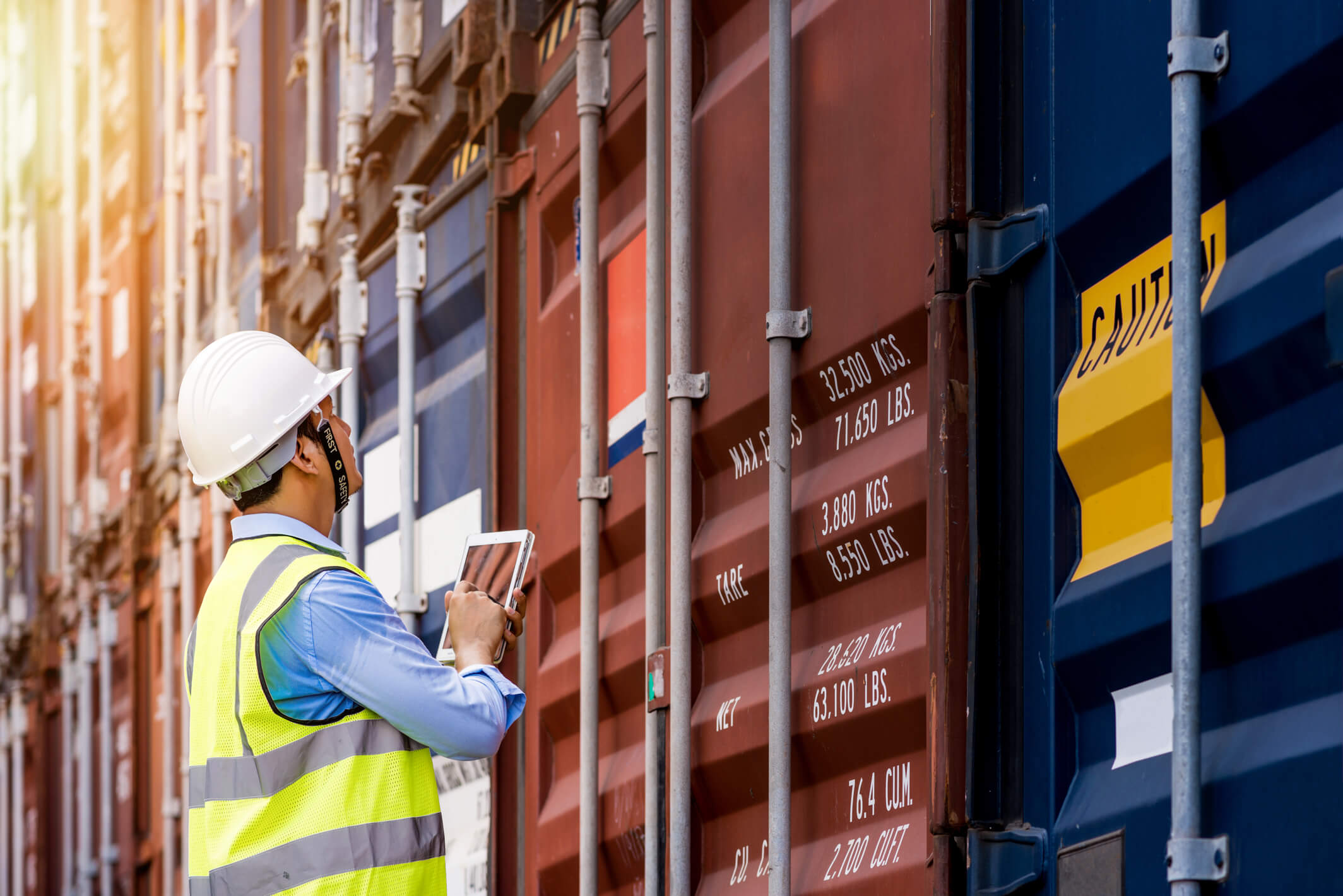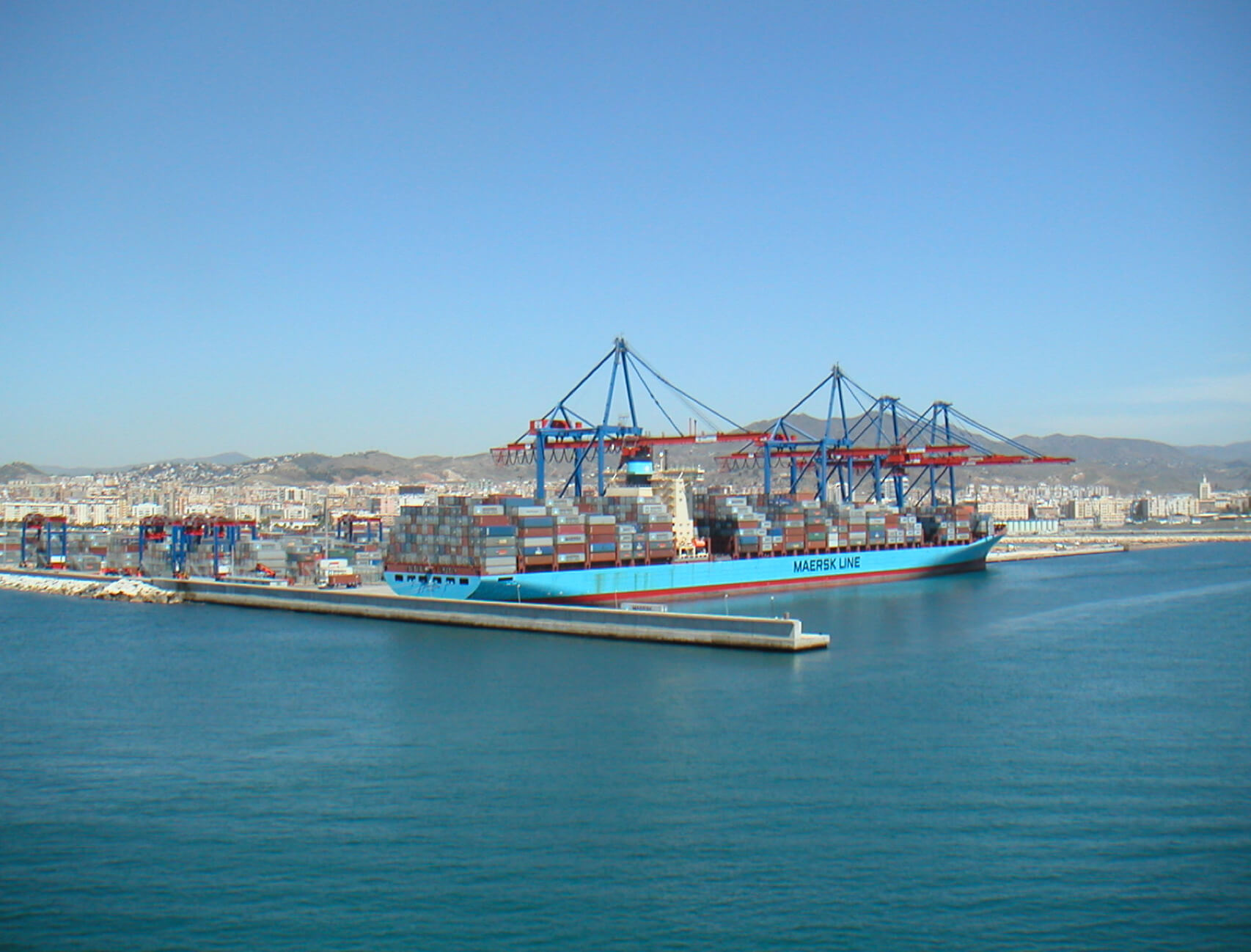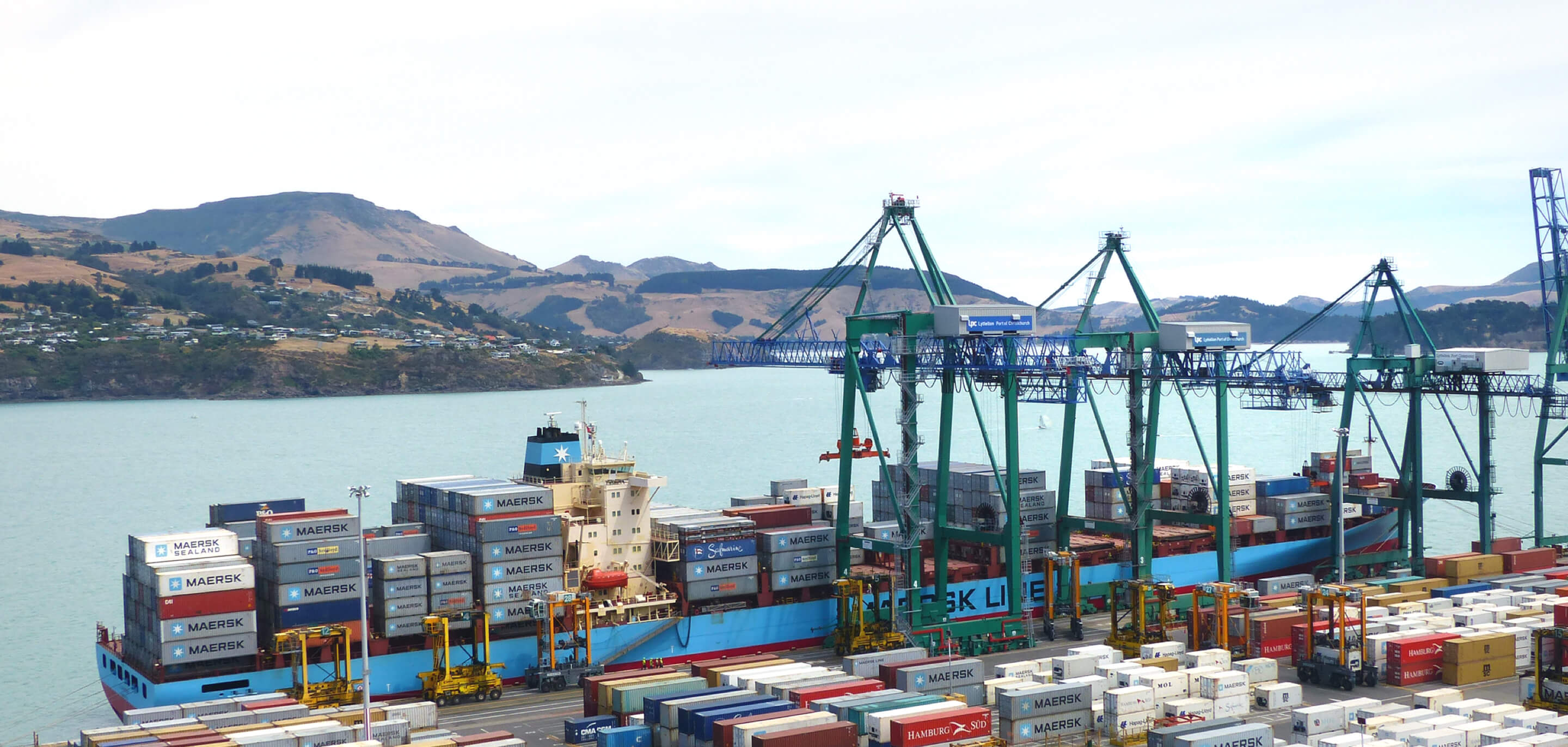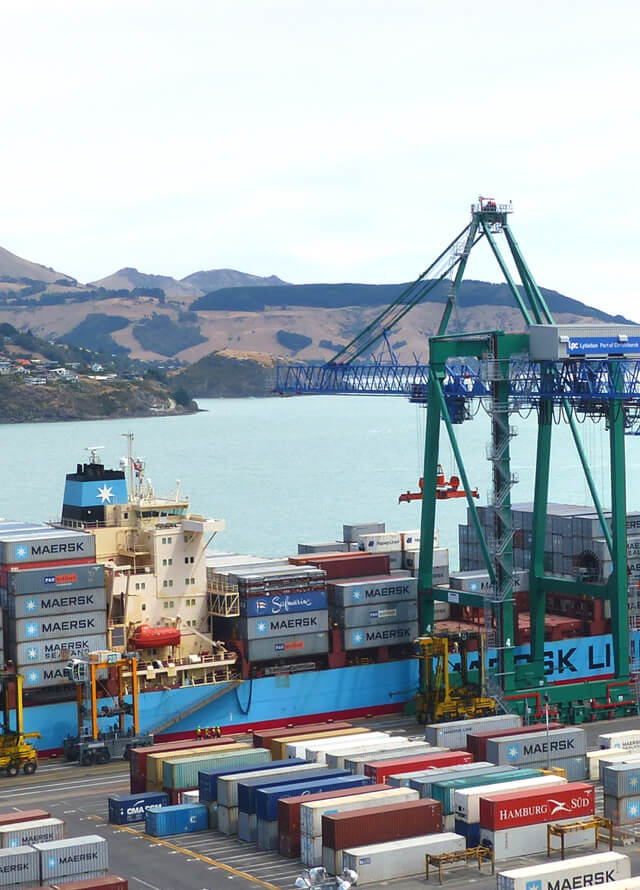 The Ministry of Common Sense is (almost) here : Jan 2021
The Ministry of Common Sense is (almost) here : Jan 2021

“The Lindstrom company has been instrumental in building belief and empowerment, helping to turn around our culture to fuel a change in an old-fashioned industry.”– Louisa Loran, SVP, Maersk
Maersk Line. The undisputed world leader in shipping – 21% market share of all global trade – engaged Lindstrom Company in 2017 to partner on its most ambitious assignment yet.
Reignite the shipping giant’s relationship with its global customer base.
Maersk had found itself in an industry Catch-22. A (mission-critical) reliance on new technology to streamline and enable every aspect of the business, was, in part, contributing – to a decline in crucial customer relationships, a phenomenon which had always been at the very core of Maersk’s business. And had always, in fact, provided the single most important ingredient to Maersk’s ongoing success.
The situation posed a major dilemma for Maersk. How to restore customer relationships as the key to sustainable growth, but without compromise to technology reliance and the economic advantage it represented to the business. And, at the same time, restore a sense of pride to the people of Maersk, who badly needed to be re-engaged as an integral part of its revival.
The recovery journey Lindstrom Company proposed, had to signify not only an innovation solution never considered by Maersk. But an historic first for the shipping Industry.

Instead of approaching the challenge as a conventional top-down and inside-out exercise, Lindstrom Company went bottom-up and outside-in. The Lindstrom Team partnered with Maersk employees, incorporating members of all ages and representative of every company function (and level), to plot and be able to navigate a new course which systematically connected the employees with customers in every market.
The Team zeroed in to probe the technology side-effects – considered to be the primary contributing issue leading to most customer issues. They then paid one-on-one visits with hundreds of customers in their local environments – in addition to shadowing entire call centres – which led to several startling discoveries.
For instance, an overuse of the term Force Majeure. Defined as “…unforeseeable circumstances that prevents someone from fulfilling a contract”, it seemed that Force Majeure had crept in as an easy response to the customers’ queries, or disputes.
Further investigation revealed how using the Force Majeure button (yes, there is one!) appearing on call center employee’s screens, only required the call center staff to fill out two additional screens pages. For any other reason three more pages were required to be filled out. Why? Because the call centers were rewarded on time spent per customer interaction – not the degree of customer satisfaction.


In close partnership with each of the market heads, the Lindstrom Company team redesigned the customer experience, and through the introduction of change agents, trained the Maersk employees in adapting an outside-in point of view – placing the customer back in the centre again.
Over a two year period the NPS was nearly doubled worldwide, the Employee Net Promoter (ENPS) up 10% and the brand value improved by 46 %.